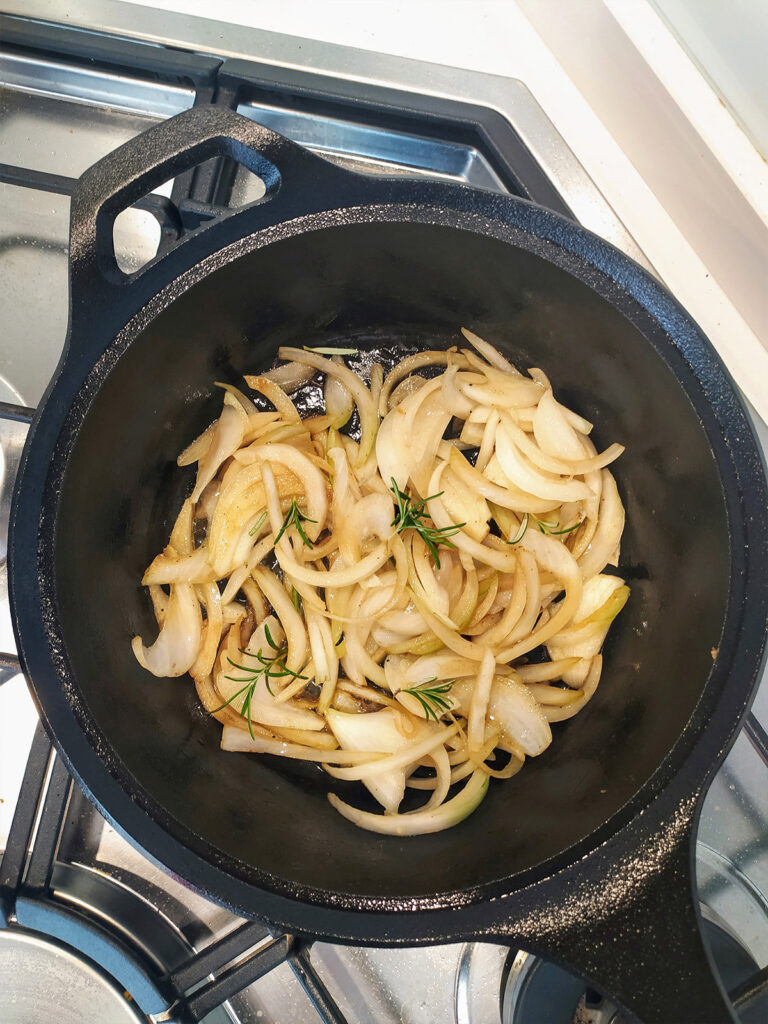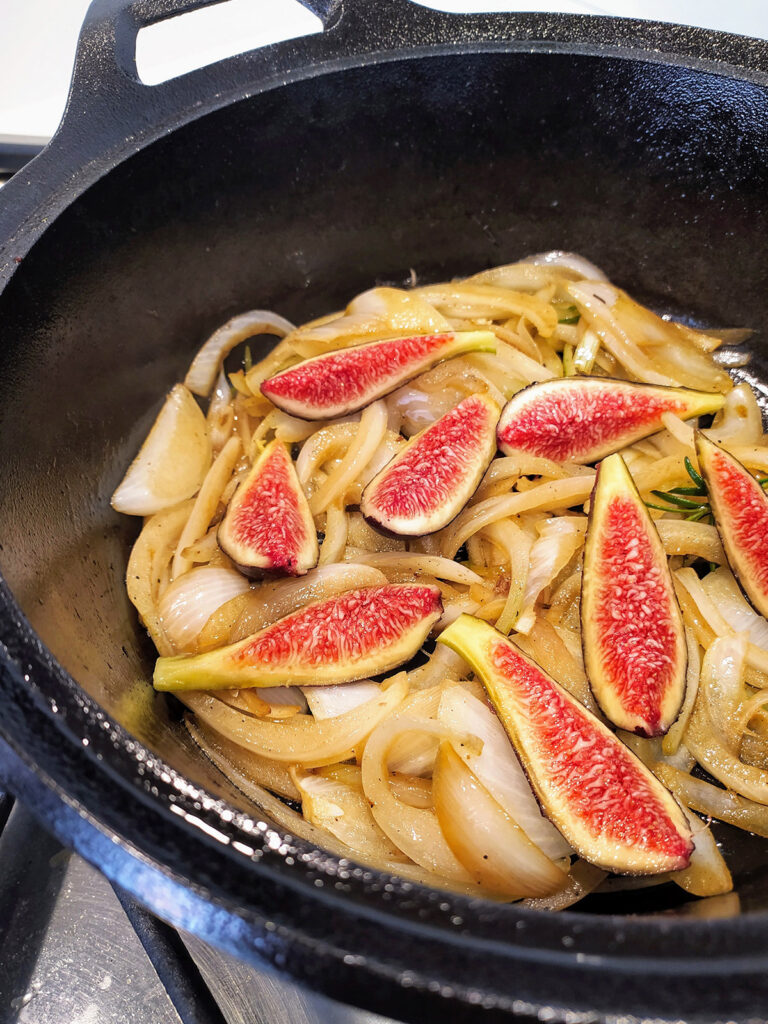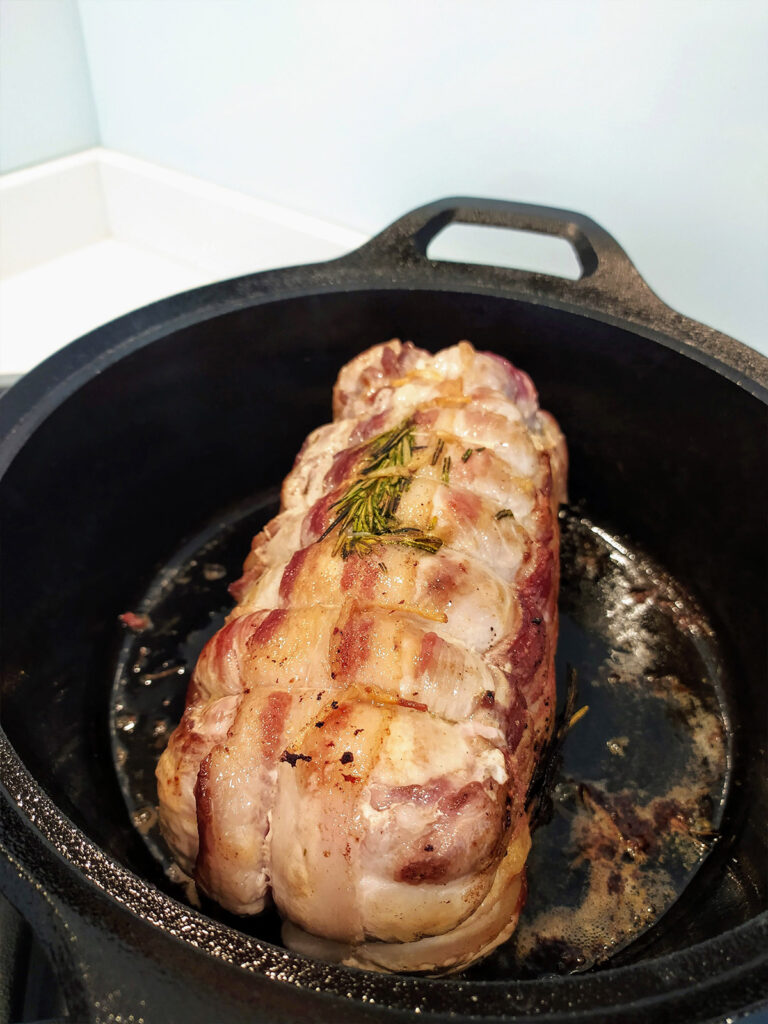WE ARE TAKING ORDERS UNTIL 18/12 AND THEN THE WAREHOUSE WILL BE CLOSED UNTIL 31/01/2025
WE ARE TAKING ORDERS UNTIL 18/12 AND THEN THE WAREHOUSE WILL BE CLOSED UNTIL 31/01/2025
When the oven was not such a popular household appliance, grandmothers used to use the fire for slow cooking. Not only for stew or goulash but also for roasts. Mine certainly did.
They had wood-burning cookers on their side, which have a super gentle fire that modulates according to the area. All you need is a little time and a Ghisanativa and you can recapture the flavours of yesteryear.
Wash, peel and clean the onion, carrots and celery. Make chunks of about 4-5 cm in proportion. Keep the 2:1 onion and carrot to celery ratio in the required 150 g. If you use fruit, however, use the 2:1 ratio of onion to fruit.
Prepare vegetable stock with other vegetables from cold water. Simply bring the vegetables to the boil in the water and leave for 20 minutes to 3 hours, adding a pinch of salt. Otherwise use a vegetable stock cube or granular, preferably natural with no added glutamate.
Heat Ghisanativa over a medium heat on the cooker with the fats: oil and butter. Put them together so that the casein part of the butter does not tend to burn. Be careful never to let them smoke or they will become exhausted and carcinogenic.
When the pan is hot, put in the roast, ideally taken out of the fridge in good time to avoid a violent thermal shock to both the meat and the pan.
Brown all sides well and turn the roast without the lid. It usually has some bacon and rosemary already under the string which helps to keep the proteins from sticking. If this is not the case, add a little extra fat, such as oil and butter.
The roast will change colour with the Maillard reaction and caramelisation of the sugars. It is very important to brown it at a high temperature all over. That way it will not be dry.
Remove the roast and set it aside on a plate. Prepare 150 g of vegetables on Ghisanativa. Brown for about 5 minutes without burning anything. If necessary, add a little more oil.
Put the roast back in the pan, pour in the wine. Deglaze anything that has stuck to the pan. You will see that the liquid will darken and the pan will become shiny again. Don’t worry. Let everything dry out.



When you see that the vegetables and meat have dried out, add a little stock a little at a time. Wait for the previous stock to be absorbed before basting the roast. Put the lid on the Ghisanativa and leave just a small vent for the steam to escape to the outside.
Continue like this for about an hour. Remove the meat and place it on aluminium foil and leave it to rest in the foil.
Blend all the vegetables with a knife or immersion blender. Pass them through a sieve. Put it back in the pan and adjust the salt and pepper, the consistency with more or less stock to get the sauce to accompany the roast.



Now cut the roast into slices about half a centimetre thick with a sharp knife on a chopping board. Keep the aluminium foil underneath to avoid making a mess and start by removing the string first.
Serve the roast with a drizzle of its sauce on top, a few sprigs of rosemary and a drizzle of oil.

“Bellunese doc, onnivora e giornalista pubblicista appassionata di enogastronomia. Ha conseguito una laurea in Scienze della Comunicazione e poi ho fatto un master da 10 Kg al Gambero Rosso, chili che ha perso con una sana alimentazione e tante camminate in montagna. Le ricette che condivide con noi rivisitano la tradizione della cucina tradizionale italiana e sono ripetibili anche per chi non è un cuoco PRO.“
We sell our products throughout Europe. If you are interested in our products outside the EU, please contact us via email or telephone call.
2020 © Copyright – Fonderia Finco s.r.l. – Via Palladio 6 – 35010 Marsango di Campo S. Martino – Padova (ITALY) – Tel. +39 049 552066 – Reg. Imp. PD n. 02004550287 – Cap. Soc: € 110.000,00